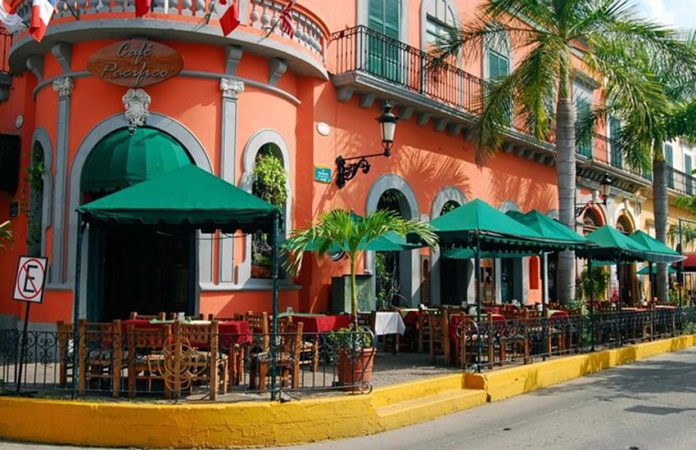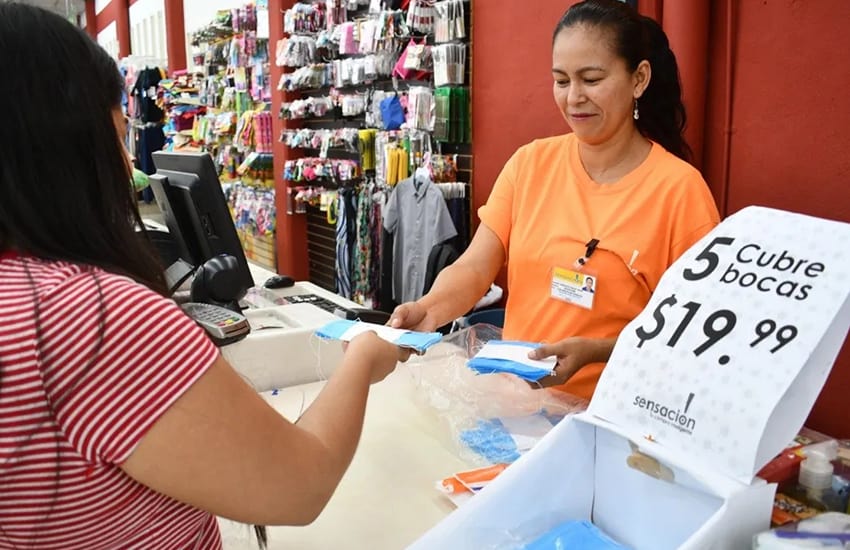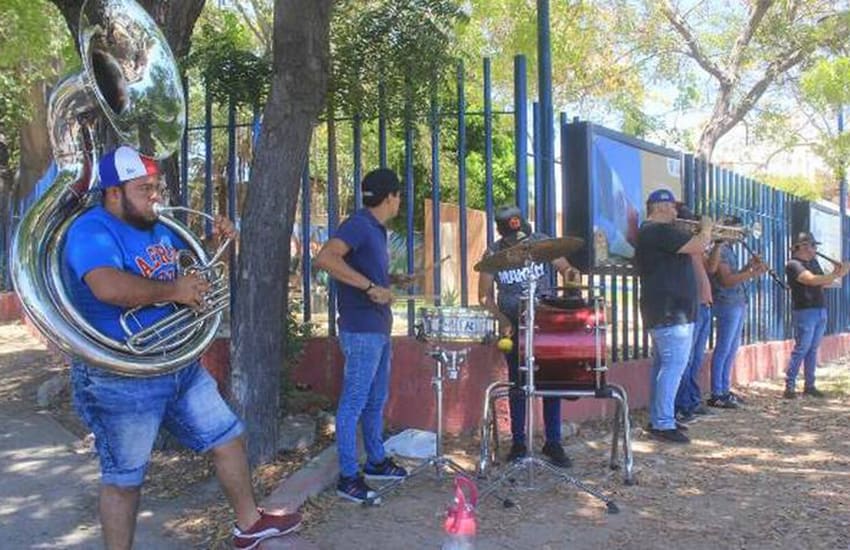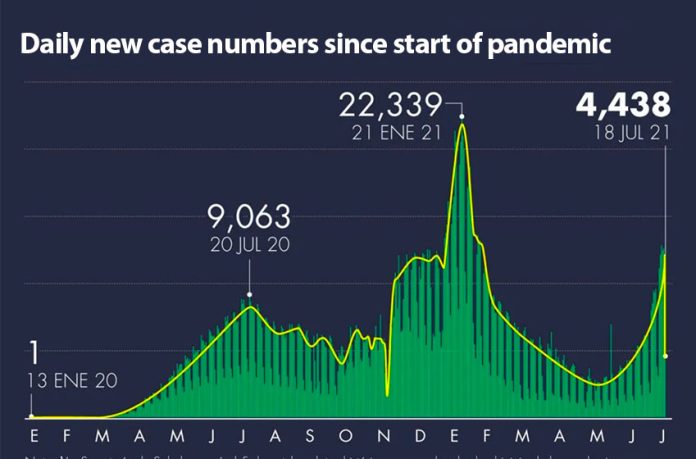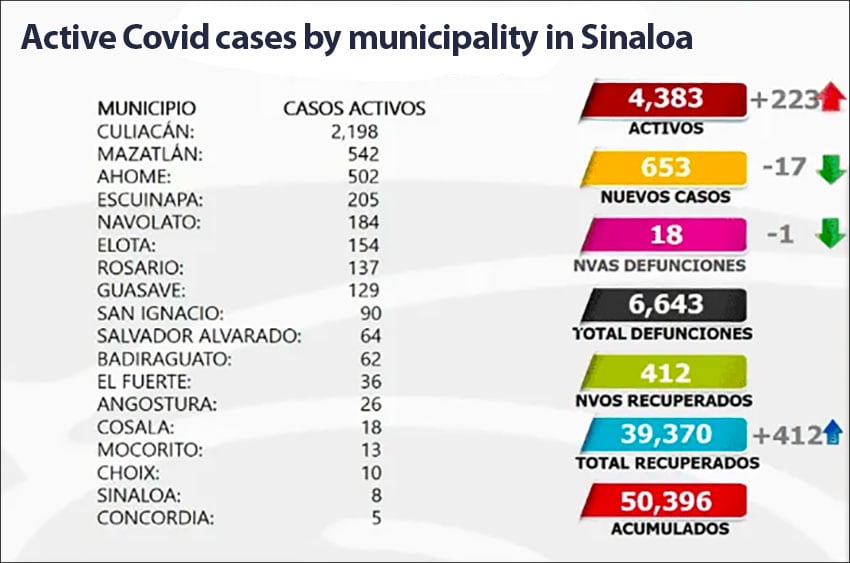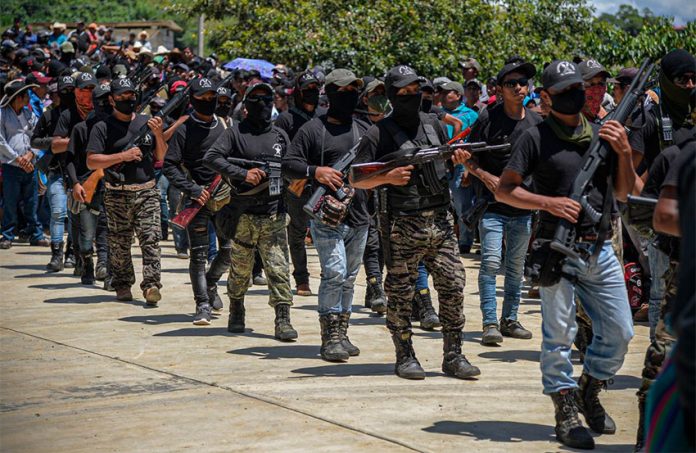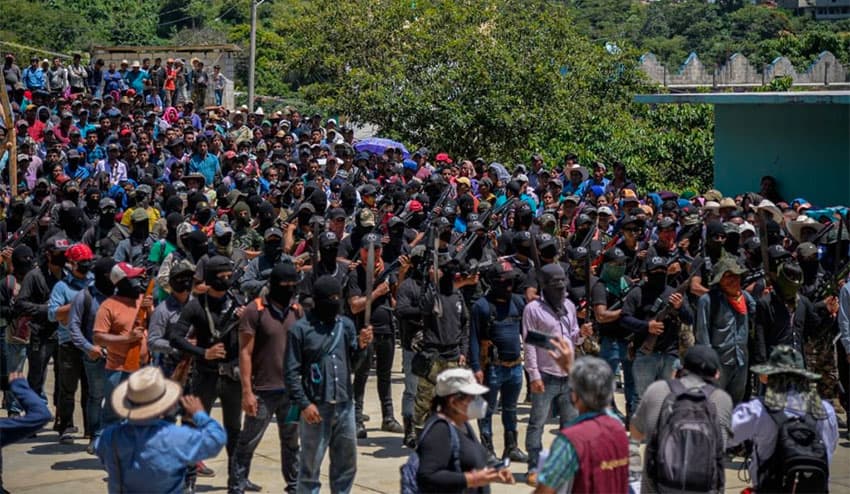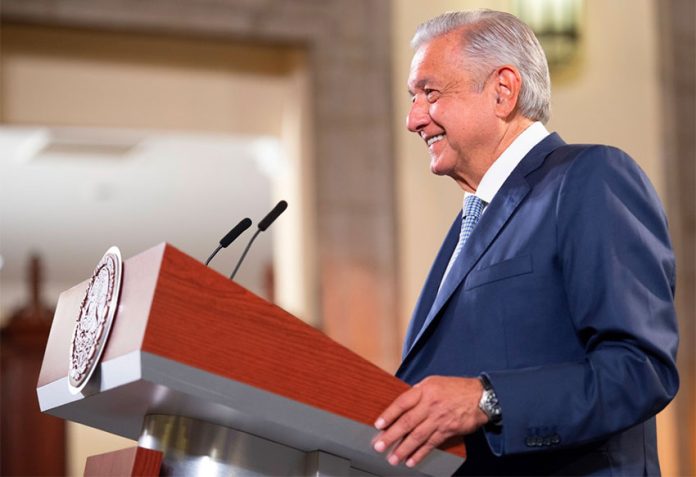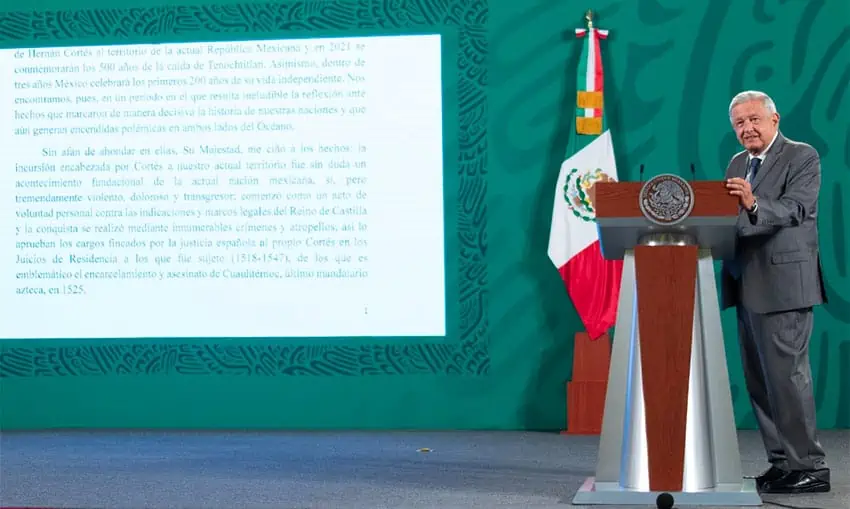President López Obrador’s request for an apology from Spain for the conquest of Mexico 500 years ago was motivated by politics rather than a desire to seek justice, according to a strong majority of respondents to a new poll.
AMLO, as the president is commonly known, wrote to the King of Spain in 2019 to seek an apology for the 1521 conquest and has maintained since that the nation should ask Mexico for forgiveness. The Spanish government “vigorously” rejected the original request.
A poll conducted by SIMO Consulting for the newspaper El País asked respondents a range of questions about the conquest, Mexico-Spain relations and López Obrador’s request for an apology.
Asked whether AMLO was making political use of Mexico’s history with Spain or seeking justice, 62% of respondents said the former while just 29% said the latter.
A slightly smaller majority – 55% – said that Spain had no reason to apologize for the events of 500 years ago, while 38% said the European nation should express remorse for the conquest led by Hernán Cortés.
Only 16% said an apology is “necessary and would help to settle a historic debt” while the same percentage of those polled said an apology is necessary but wouldn’t help at all.
Almost three in 10 respondents – 29% – said that an apology is unnecessary but welcome, while 36% said that an apology is unnecessary and irrelevant.
Interestingly, a much higher percentage of respondents who identified as white said an apology is necessary compared to mestizos – people of mixed Spanish and indigenous blood, a group that makes up the majority of Mexico’s population – and indigenous people.
More than half of white respondents – 53% – said that an apology is needed while the figures for mestizos and indigenous people were 28% and 21%, respectively.
A strong majority – 68% – said that Mexico-Spain relations would remain the same if Spain were to apologize, while only 24% said they would improve. Only 8% of those polled predicted that bilateral relations would deteriorate because Spain hasn’t apologized to Mexico, while more than three-quarters of respondents opined that that relationship would remain the same despite the lack of atonement.
Asked whether demanding an apology from the Spanish government would contribute to solving the problems of discrimination and inequality in modern-day Mexico, 72% of respondents said it would not while just 25% said the opposite.
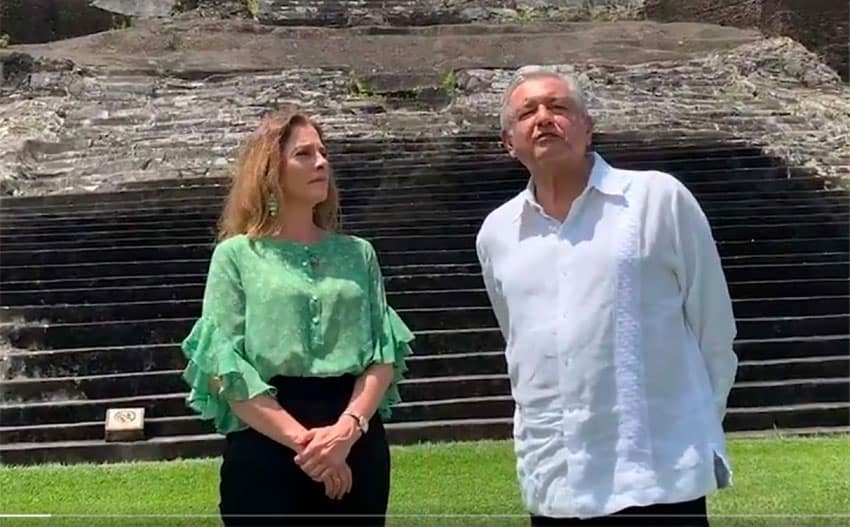
López Obrador and other members of the federal government have argued that the origin of some of Mexico’s problems dates back to the conquest and colonization.
But 77% of poll respondents said the Mexican government should let bygones be bygones and focus on strengthening the current bilateral relationship. Only 18% disagreed with the proposition that the government should “leave previous conflicts behind and focus on strengthening the relationship with Spain.”
Just over half of those polled – 51% – said the Spanish conquest brought mainly positive things to Mexico, while 41% said the opposite. However, 60% of respondents who identified as indigenous said the impact of conquest and colonization was mainly negative compared to 35% of white people who said the same.
Among mestizo respondents, 39% said the conquest brought mainly negative things to the country while 53% said the opposite.
Asked to mention the first positive or negative thing that came to their minds with regard to what the Spanish conquest brought to Mexico, 29% cited diseases. (Smallpox decimated the indigenous population of Mexico during the conquest and colonial days.)
The next three most commonly cited responses were also negative: slavery, 11%; theft of resources, 8%; and deaths, 8%.
Religion was cited as a negative influence by 5% of respondents while 4% said that each of discrimination, war and oppression were bad things brought to Mexico by the Spanish.
Language was cited as a positive by 8% as was religion, 7%; agriculture, 6%; culture, 5%; new knowledge, 5%; modernization, 4%; new foods, 4%; and the introduction of new animals, 4%.
Asked to offer a general opinion about Spain, 37% of white respondents said “very good” but that view fell to 16% among mestizos and 12% among people who identified as indigenous. However, 71% of indigenous people said they had a good opinion about Spain, lifting that group’s very good/good total above those of the other ethnicity-based cohorts.
El País said that the differing views offered by indigenous and non-indigenous/mestizo Mexicans could perhaps be explained by the “more realistic” perspective of the former cohort. Mexico’s indigenous people are more concerned about current conflicts that require solutions that go beyond the symbolic than historical ones, the newspaper said.
“… community building in Mexico has other dimensions that don’t depend on a possible post-colonial apology. … In the opinion of many Mexicans, the apology appears to be more of an issue among white people.”
El País didn’t say how many people responded to the poll it commissioned – which was conducted with Mexican adults between July 7 and 10 – but noted that the margin of error was +/- 3.3%.
With reports from El País



